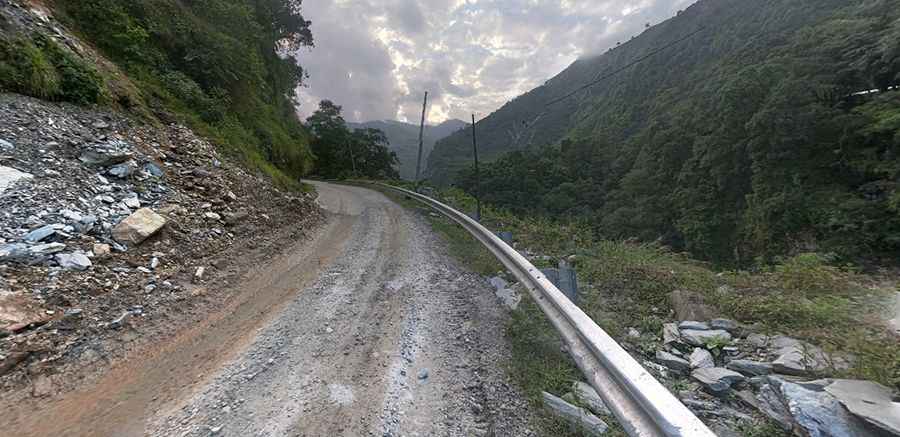Arniko Highway: One mistake, game over
The infamous Arniko Highway is one of the most dangerous roads in the world. It provides Nepal’s overland link with Tibet and China. "One mistake, game over".

When was the Arniko Highway built?
The road is located northeast of the Kathmandu Valley and attracts some mountain bikers, though bus and truck traffic can be heavy. It follows the extremely steep Himalayan mountainsides that are very prone to landslides during and immediately after rains (including monsoon). The highway is named after Arniko, a 13th-century Nepalese architect who introduced Nepalese architectural styles to Tibet and China. Constructed by the Chinese in the mid-1960s – to long-standing rival India’s great distress – the highway is a busy conduit for lorry-loads of Chinese goods by way of Lhasa.
Where does Arniko Highway start and end?
The road, part of the AH42, is mostly paved and runs from Kathmandu to Kodari, on the Nepal-China border. It’s particularly vulnerable to landslides and sections are likely to be closed temporarily during the monsoon months (May to August). These parts are gravel sections. This road is of crucial importance to Nepal as it carries a very large amount of goods from China. It is considered one of the most dangerous highways in the country due its steep slopes. Heavy rains have caused multiple landslides on the road in recent years. The road has a long history of being blocked by landslides, particularly during the monsoon.
How long is Arniko Highway?
The road, also known as Araniko highway and Arniko Rajmarg is 112km (70 miles) long. Every year, thousands of trucks drive on this road to transport goods between both countries. Many of the places in the area involves renting a solid 4WD or walking part of the way. It is among the most dangerous highways in Nepal due to extremely steep slopes on each side of the road from Barabise onwards, massive landslides and bus plunges are not uncommon especially after rains. It’s more a narrow strip of tarmac or beaten earth snaking its way for 112km between ravines and peaks. It would be deadly were it not for the extraordinary dexterity of the bus and lorry drivers who negotiate its bends, working some sort of permanent miracle. The view is breathtaking, if you dare take your eyes off the road.
Pic: Mahmud Al-Noor Tareq